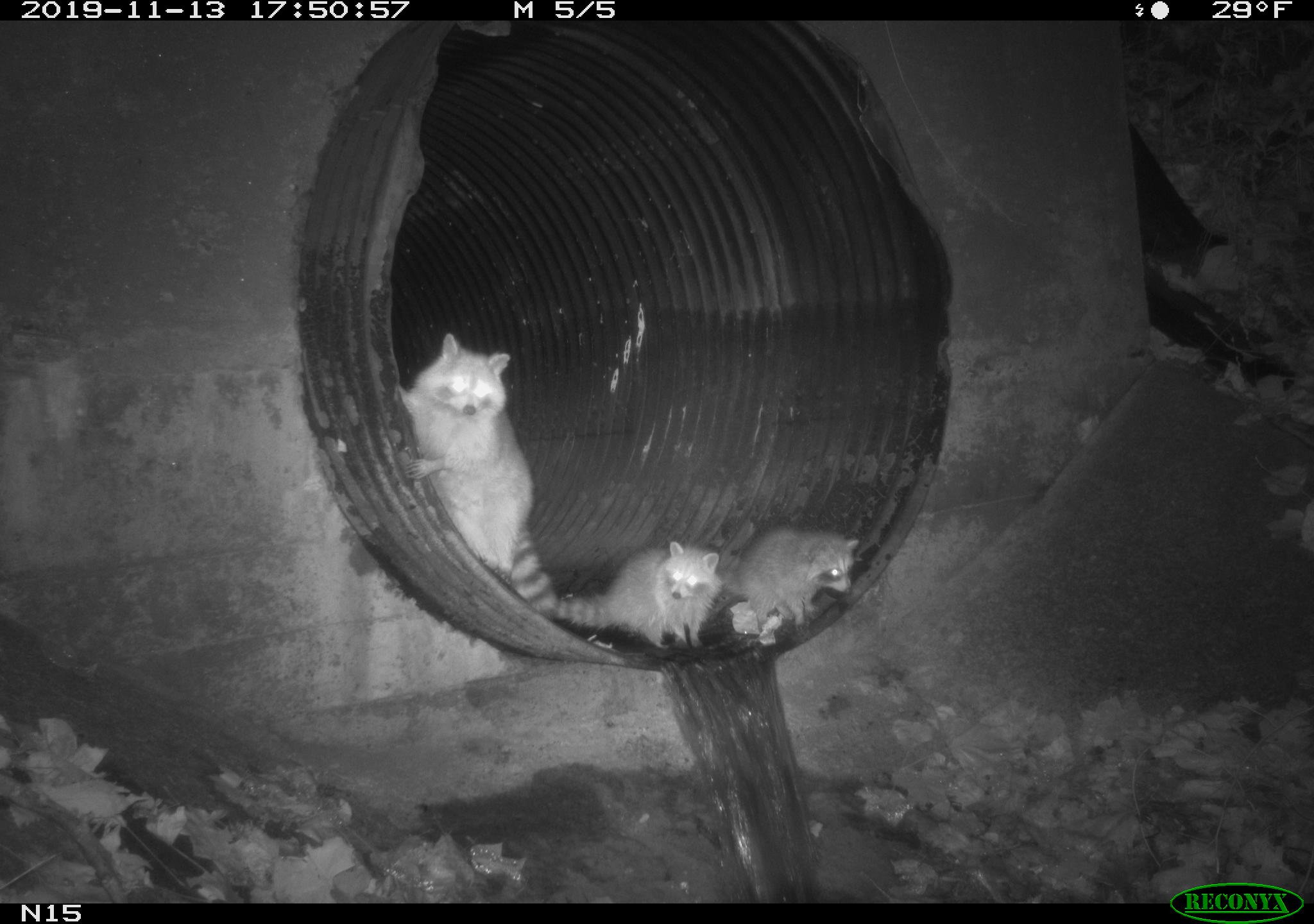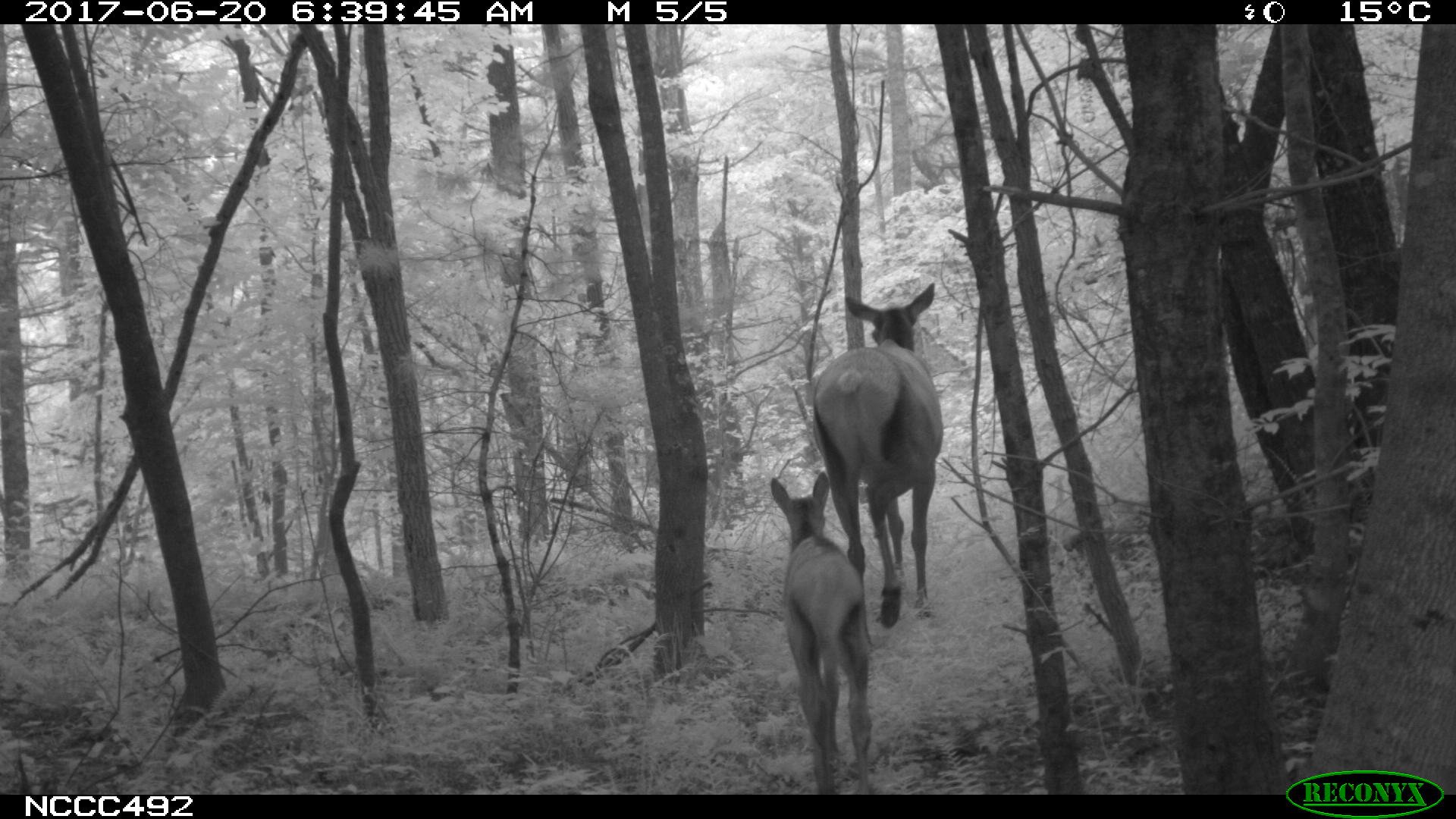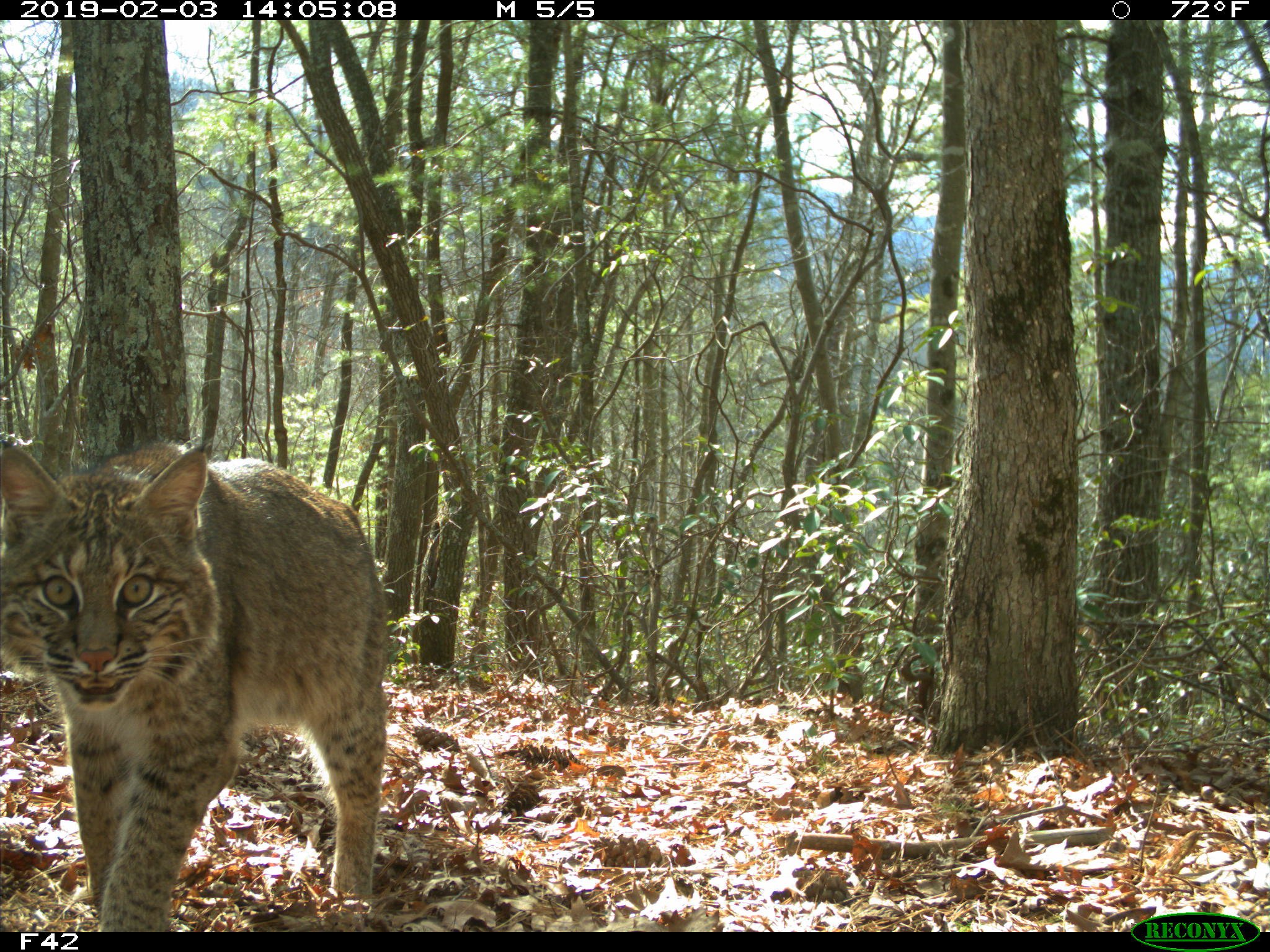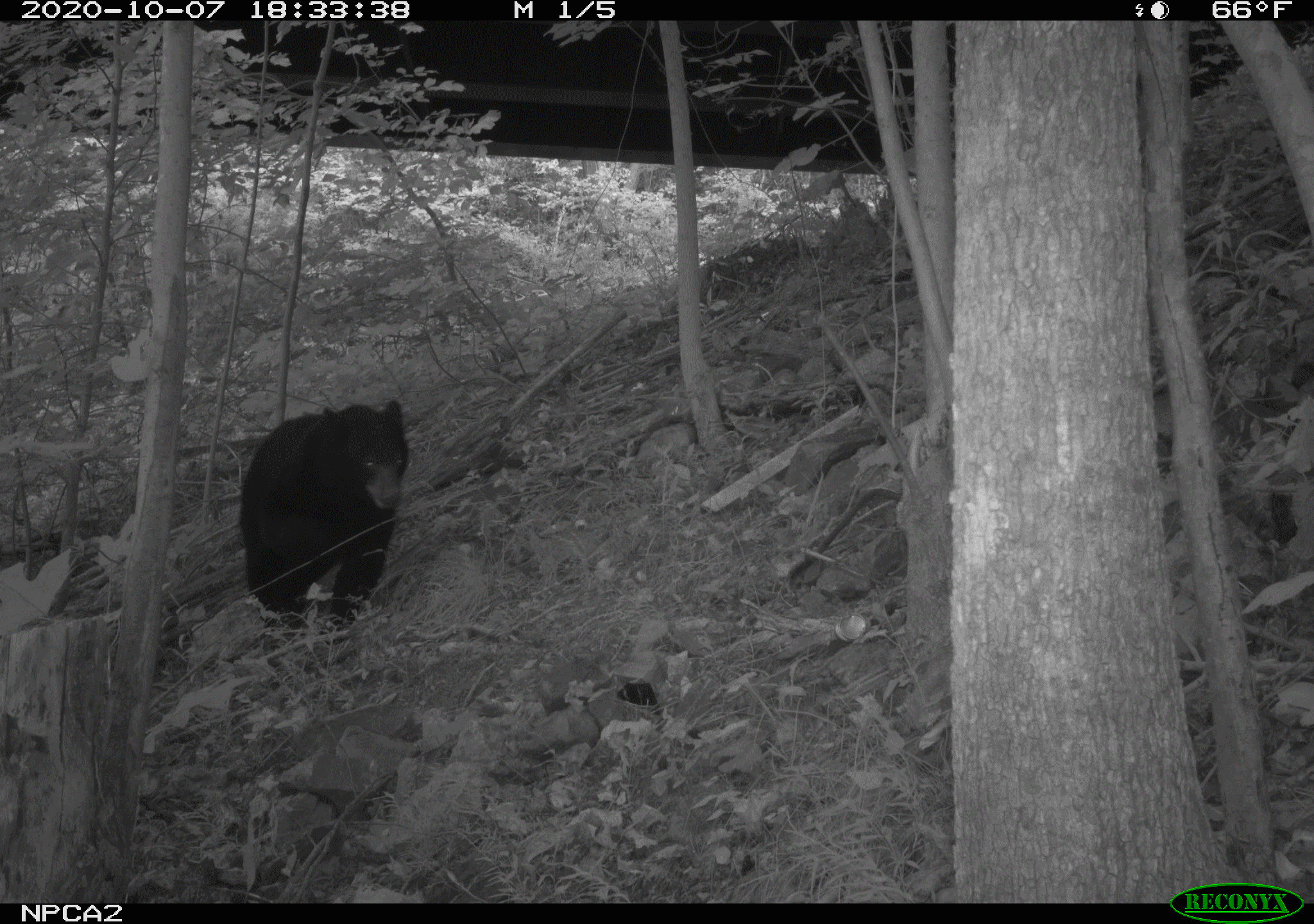
The Search for Safe Passage
A journey through the Pigeon River Gorge can be treacherous —
whether you're traveling on four wheels or four legs.

“These wildlife have got to think this is just one long, giant monster.”
— Dr. Liz Hillard, Senior Wildlife Biologist, Appalachian Region
After three years of intensive research, Wildlands Network and the National Parks Conservation Association released the results of their study to improve wildlife connectivity and human safety in the Pigeon River Gorge in summer 2022.
Together with local partners, we are supporting seven priority recommendations for mitigation strategies on a 28-mile stretch of Interstate 40, such as road crossing structures and wildlife fencing.
This research will provide the North Carolina and Tennessee Departments of Transportation with the data they need to make this highway safer for drivers and wildlife alike.
In the Pigeon River Gorge, Interstate 40 winds through the mountains of North Carolina and Tennessee, cutting off the tremendous biodiversity of Great Smoky Mountains National Park from extensive national forest lands to the northeast. This region is home to an incredible array of plants and animals, from salamanders to bobcats to snakes, as well as larger species like elk, black bears and white-tailed deer.
Part of our research involved using motion-sensitive cameras to track where and how wildlife interact with the road. Check out some of the shots we captured, below. Photos: Wildlands Network/NPCA
Wildlands Network and the National Parks Conservation Association are members of the Safe Passage Fund Coalition, a collaborative established to further the implementation of our research report’s findings in the Pigeon River Gorge.










